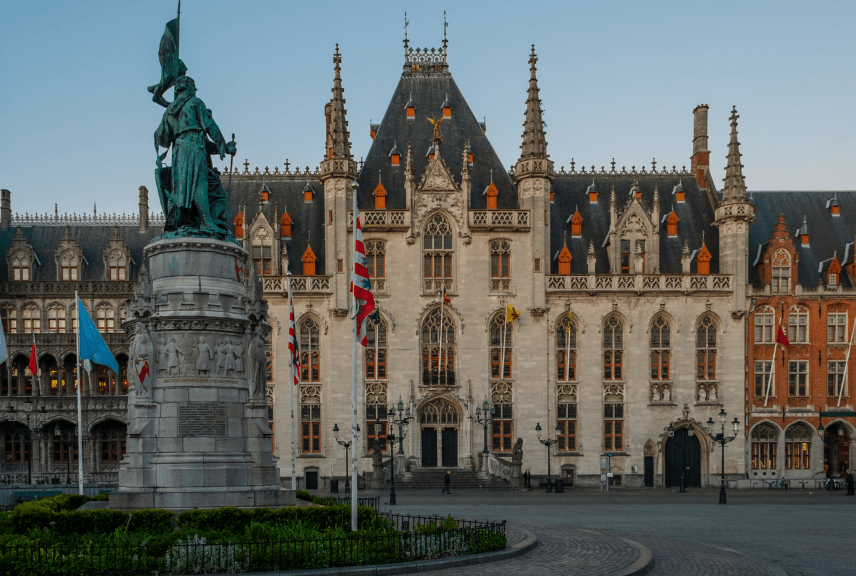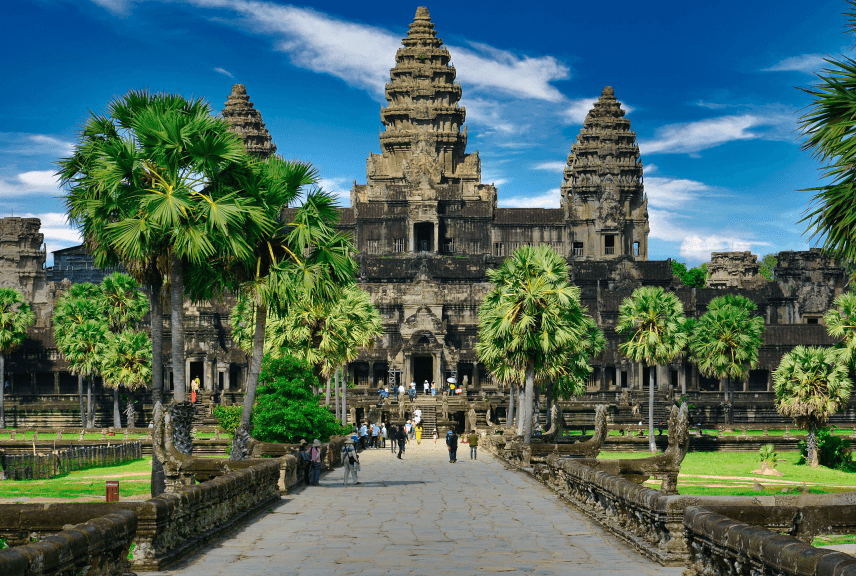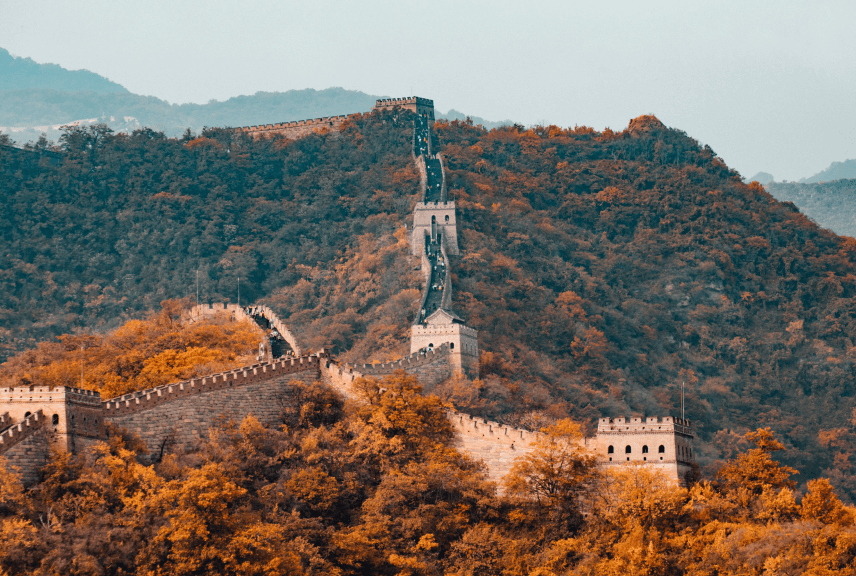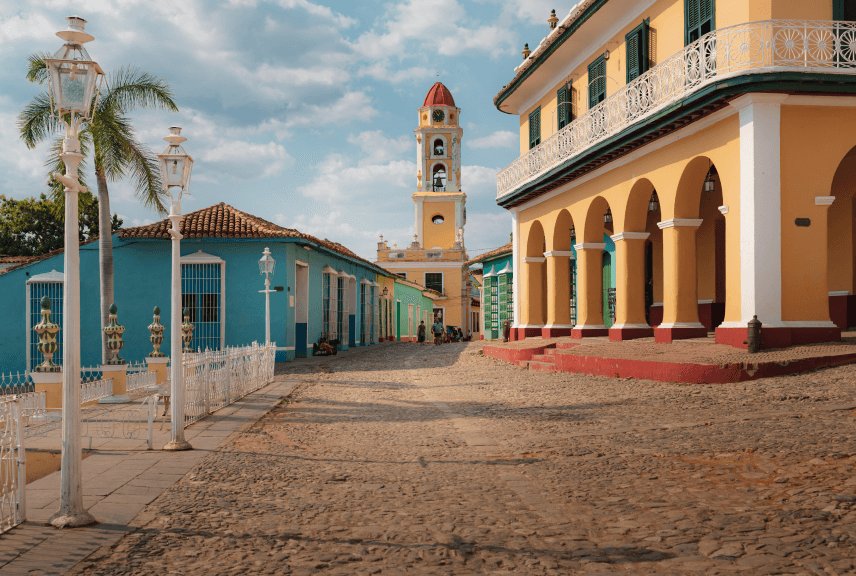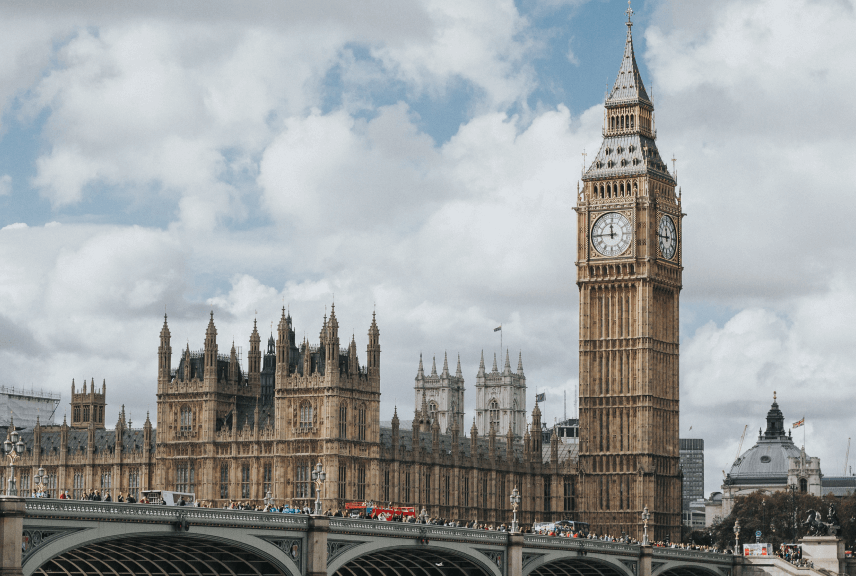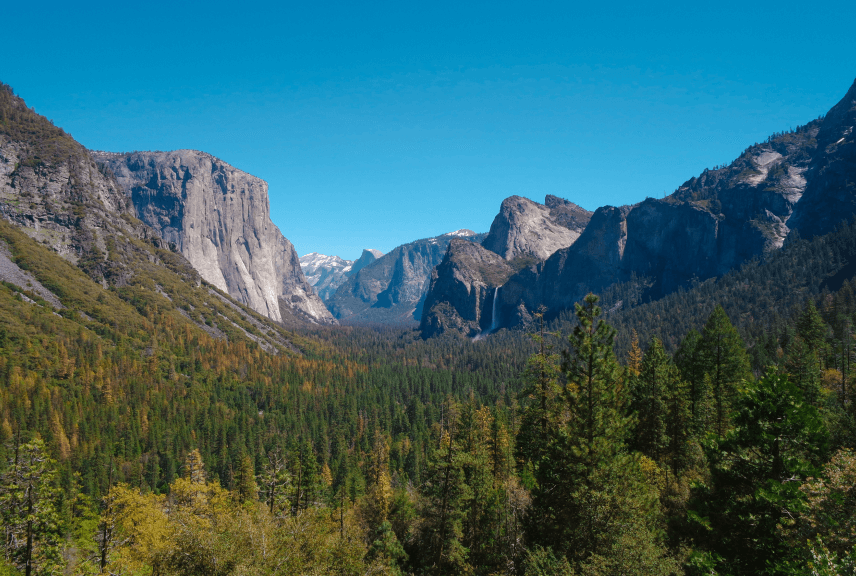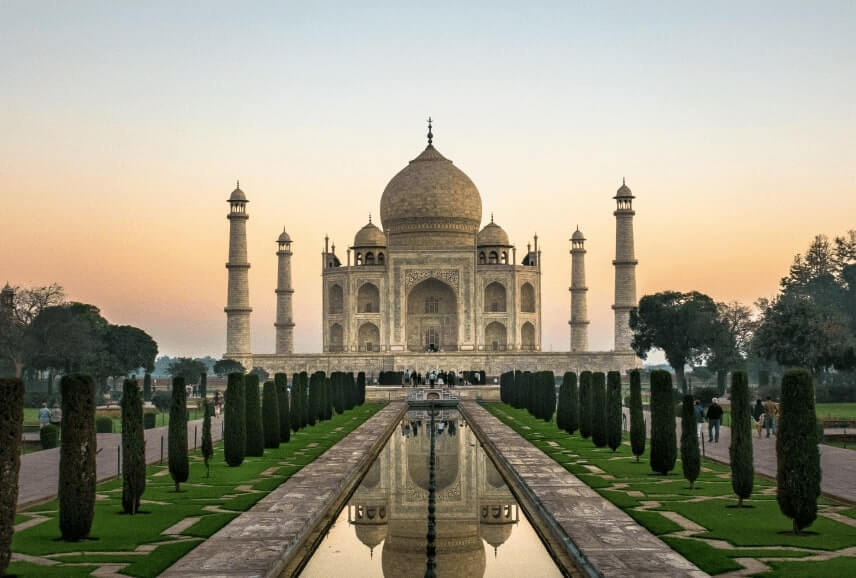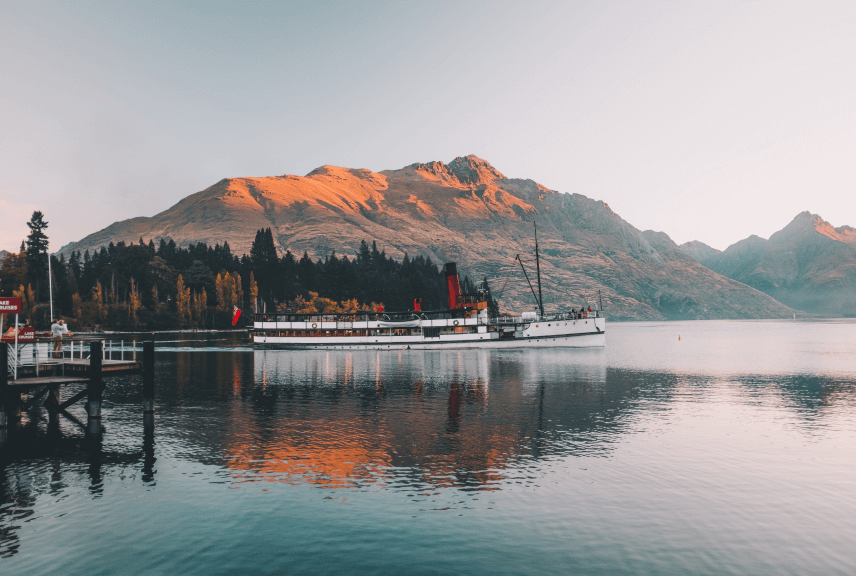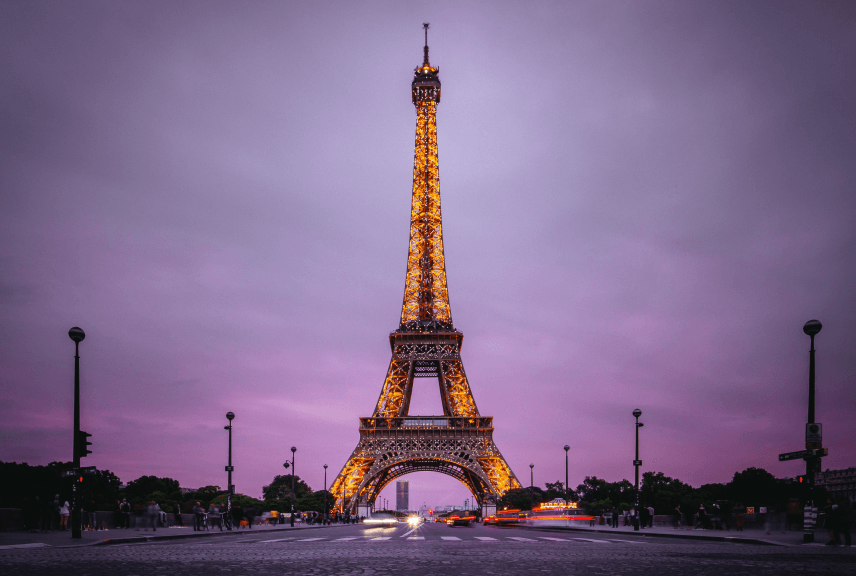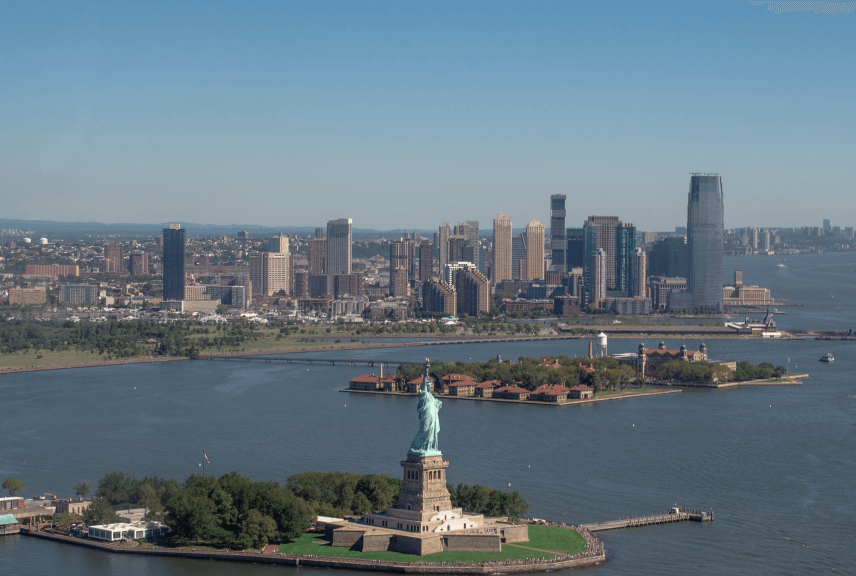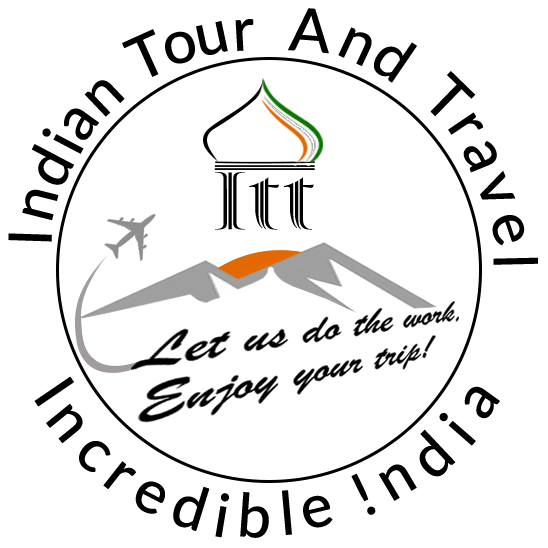Ladakh
Known as “Little Tibet”, you would be bewildered by the geographical and cultural difference with the rest of India because of the extensive Tibetan influence. Ladakh is famous for its exquisite, unmatched mountain beauty, monasteries and monuments and innumerable adventure sports that it offers. Rafting in Ladakh | Jeep Safari in Leh Ladakh | Bike Safari in Leh Ladakh
Location of Ladakh
Ladakh is situated in the state of Jammu and Kashmir and is surrounded by two of the world’s mightiest ranges – the Himalayas in the south and the Karakoram in the north. Two other ranges traverse the area – the Ladakh Range and the Zanskar Range. Ladakh lies at an altitude ranging between 2,750m at Kargil to 7,672 at Saser-Kangri in the Karakoram Range. It comprises of two districts Leh and Kargil. Today, Ladakh borders Tibet to the east, the Lahaul and Spiti to the south, the Vale of Kashmir, Jammu and Baltiyul regions to the west, and the trans-Kunlun territory of East Turkistan in Central Asia on the other side of the Kunlun range in Kashmir to the north.
What to see in Ladakh?
Leh: Leh is the largest town in Ladakh with an elevation of 3505 m above sea level. The most important attraction in this place is a nine-storey palace built by King Singge Namgyal in the Tibetan architecture. It is said that the famous Potala in Lhasa has been inspired by the architecture of this palace. Ruins of a fort built by King Tashi Namgyal in the 16th century are located on the Namgyal Tsemo hill.
Other important places to visit in Leh include Jo-khang, a newly built Buddhist temple and an imposing 17th century historic mosque. You can also visit the Ladakh Ecological Centre and appreciate the folk technology done there. Ladakh has interesting places of interest within 10kms of its radius. Sabu is a delightful little village with a small gompa, 9kms from Leh. A handicraft’s center and the Dalai Lama’s prayer-ground, Jiva-tsal are located in another small town near Leh called Choglamsar.
Kargil: Kargil is the second largest town of Ladakh, located at a height of 2704 m above sea level. It is located on the banks of the Suru River. Kargil is a quiet town serving as an important Pan-Asian trade route. Kargil is important mainly because of its innumerous adventure options like trekking, mountaineering, rafting and camping. It serves as an important base for short excursions to Mulbek. The most important attraction here is the 9m rock sculpture depicting Buddha. The most interesting walk is one along the river bank on the hillside. The infamous Kargil War between India and Pakistan was faught in the Kargil valley between May and July 1999.
Drass: Drass is the second coldest inhabited place in the world, lying 60 kms west of Kargil. The Drass valley which starts from the base of the Zojila pass is the Himalayan gateway to Ladakh. It is now famous because of the Tiger Hill, where a fierce battle was fought between the Pakistan and the Indian military. The only Buddhist remains in the whole area comprises of stone carved images of Maitriya, Avaloketeshvara, a lotus flower, a man on horseback and a stupa. Drass is also used as a base for the three day long trek to the Suru Valley.
Suru Valley: Suru Valley is a picturesque valley especially during summer when it is all filled with colorful flowers. Nun and Kun peaks add to the beauty of the region. The dominance of the Buddhist community in the past is evident from the 7m tall rock carved statue of Maitriya Buddha.
Zanskar: Zanskar is the most isolated valley of all the trans-Himalayan valleys. The most important place is the Penzila pass bordered by snow-covered peaks. Zanskar comprises of tri-armed valley system between the Himalayan mountains and the Zanskar mountains and covers a total area of 5,000 sqr. kms. and an elevation of 4009 m. The three arms radiate to three directions of north, south, and west. A number of monastic establishments are active in this region. Nubra Valley: Situated at a height of 3048 m above sea level is the Nubra valley. The Nubra Valley means the valley of flowers and is located at the north of Leh. Bactarian Camels (Shaggy double hump Camel) around sand dunes, Deskit and Samstanling monasteries and Khardung la Pass are the main attractions in this valley.
Chang Thang: Chang Thang is located near the Chinese border at an altitude of 4450 m above sea level. This region is known as Rupsho valley and is famous for Changpa nomads, wild animals, lakes and rare birds. The Tomoriri Lake and the Pangong Lake are the two important lakes in Chang Thang.
Monasteries: Ladakh is famous for its various monasteries and monuments. The oldest monastery is Lamayuru, which is believed to be a holy site for the pre-Buddhist religion known as Bon. Phiyang, Hemis and Chemrey are other well known monasteries of the Namgyal dynasty. Thiksey, Likir, Ri-dzong and Spituk are monasteries of the reformist Gelugs-pa, or Yellow-Hat sect. Alachi is probably the best among the monastic foundations in Ladakh. It is maintained by the monks of Likir. The Chos-kor or the religious enclave includes five temples with the halls comprising of rich paintings and images dating from the 11th and 12th centuries AD.
What to do in Ladakh
Amidst its spectacular landscape that comprises of mountains and rivers, Ladakh offers many options of adventure tourism that includes river rafting, trekking, and mountain climbing.
River rafting: Experience of river rafting in Ladakh is like no other place. You can enjoy and experience at the same time the natural beauty of the snow covered mountain peaks, the deep gorges, hilltop monasteries and unique wildlife. The best stretch is on the Indus between Spituk and Saspol while the most difficult option is on the Zanskar along its spectacular course through the gorge in the Zanskar Mountains between Padum and Nimo. However, you need technical guidance for river rafting in this region.
Malana: Malana is located at a height of 2652 m, a little ahead of Chanderkhani Pass. It is famous for its temple of Jamlu and its unique social and cultural life. It is considered to have the oldest democracy in the world. Banjar: Banjar is situated 58 kms from Kullu is popular among tourists for trout fishing in river Tirthan.
Trekking: Trekking options are plenty here. You can opt from long to short and medium treks. Long treks include the stretch from Lamayuru in the Indus Valley to Darcha in Lahoul, across Zanskar Valley, which takes about three weeks. The Marka Valley trek is a 10 day trek while Lamayuru- Padum is an 11 day trek. Short trek of 4-5 days include the Stok-Khangri round trek. The trekking season is from early June to mid October.
Mountain climbing: Ladakh is a paradise for mountaineers. The most commonly traversed area is the Nun-Kun Massif in the Great Himalayan Range. The area closest to Leh is Stok-khangri Massif in the Zanskar Mountains, south of Leh. Stok-khangri at a height of 6,150 m is the highest peak here. The base camp for various peaks is two days trek from the village of Stok. Other peaks in the area include Gulap Khangri (5,900 m), Matho West (5,950 m) and Kantak (5,275 m). The Karakoram range is another area of mountain climbing but foreigner need special permission from the Government of India to climb this range. The most significant peaks accessible from various parts of the Nubra Valley include, Saser-I (7,415 m), Saser -II (7,513 m) and Saser III (7,495 m).
Excursions from Ladakh
Manali to Leh: The second overland approach to Leh is from Manali covering a distance of about 473kms. A number of high passes fall on this route with the highest being Taklang-La at an altitude of 5324 m above sea level. Himachal Pradesh Tourism, HRTC and J & K SRTC operate daily Deluxe and Ordinary bus services between Manali and Leh which takes about 2 days with an overnight halt in camps at Serchu or Pang.
Accomodation selection in Ladakh
Leh provides tourists with a number of hotel accommodations. Cho Palace Hotel is situated in the Skara area of Leh town. City Palace Hotel is 10 minutes drive from the Airport. The Lasermo Hotel is centrally located and close to the main market and post office. A newly constructed hotel, Royal Palace Hotel has all the modern amenities and is 20 minutes walk from the Leh Market. Other hotels are Shambhala hotel, a mile away from the Leh market, Lharisa Resort and Pangong Hotel. Several guest houses are also open for tourists. They include Asia Guest House and Padma Guest House and Hotels managed by friendly Ladakhi families.
Best Season to visit Ladakh
The best tine to visit Ladakh is from May to October. Winter is very cold in Ladakh with temperatures dipping to several notches below the freezing point How to reach Ladakh
By Air: The main airport is Leh airport which is connected to Delhi by Jet and Indian airlines.
By Rail: The nearest railhead is Jammu Tawi. The drive from Srinagar to Leh is 434km long.
By Road: Ladakh is connected to Delhi by two routes: via Srinagar-Zoji La Pass, and via Manali-Rohtang Pass.
Srinagar-Leh 434 Km
Manali-Leh 473 Km
Srinagar-Kargil 204 Km
Delhi-Leh 1047 Kms
Leh-Kargil 234 Km
Kargil-Padum (Zanskar) 240 Km
Leh-Deskit (Nubra Valley) 118 Kms
The overland approach to Ladakh from Kashmir Valley is about 434 Km. This region remains open for traffic from early June to November. The most interesting part of this journey is the climb up the 3505 m high Zoji-La that serves as the gateway to Ladakh. The Jammu and Kashmir State Road Transport Corporation (J&K SRTC) operates regular Deluxe and Ordinary bus services between Srinagar and Leh with an overnight halt at Kargil. This is also a historic trade route known as the ‘Treaty Road’.
